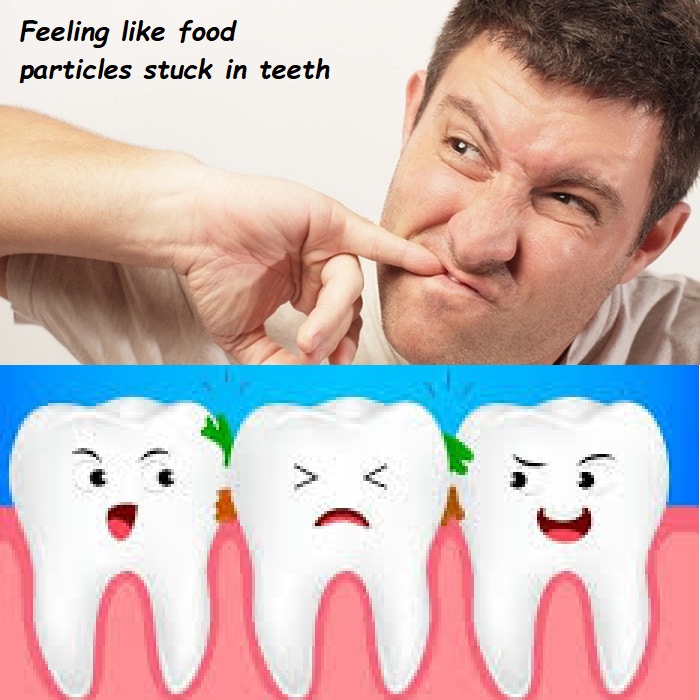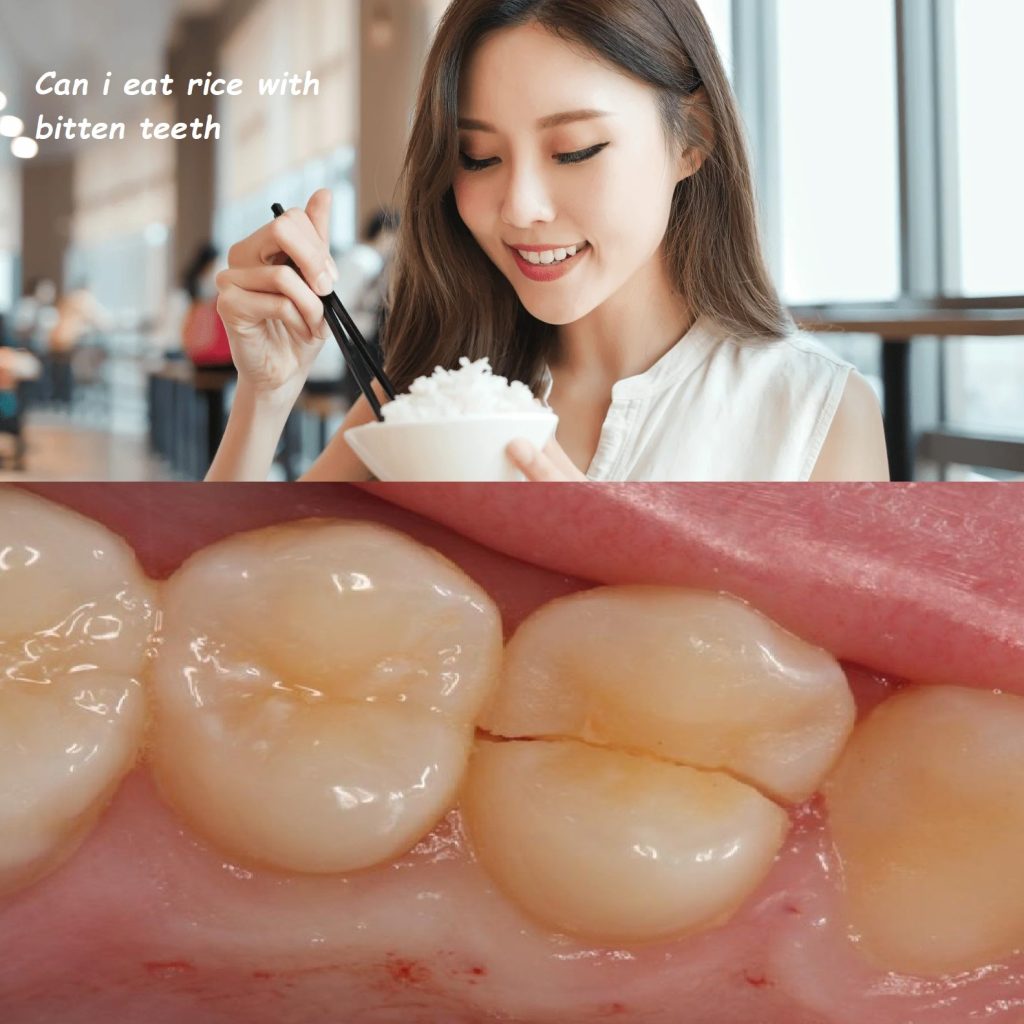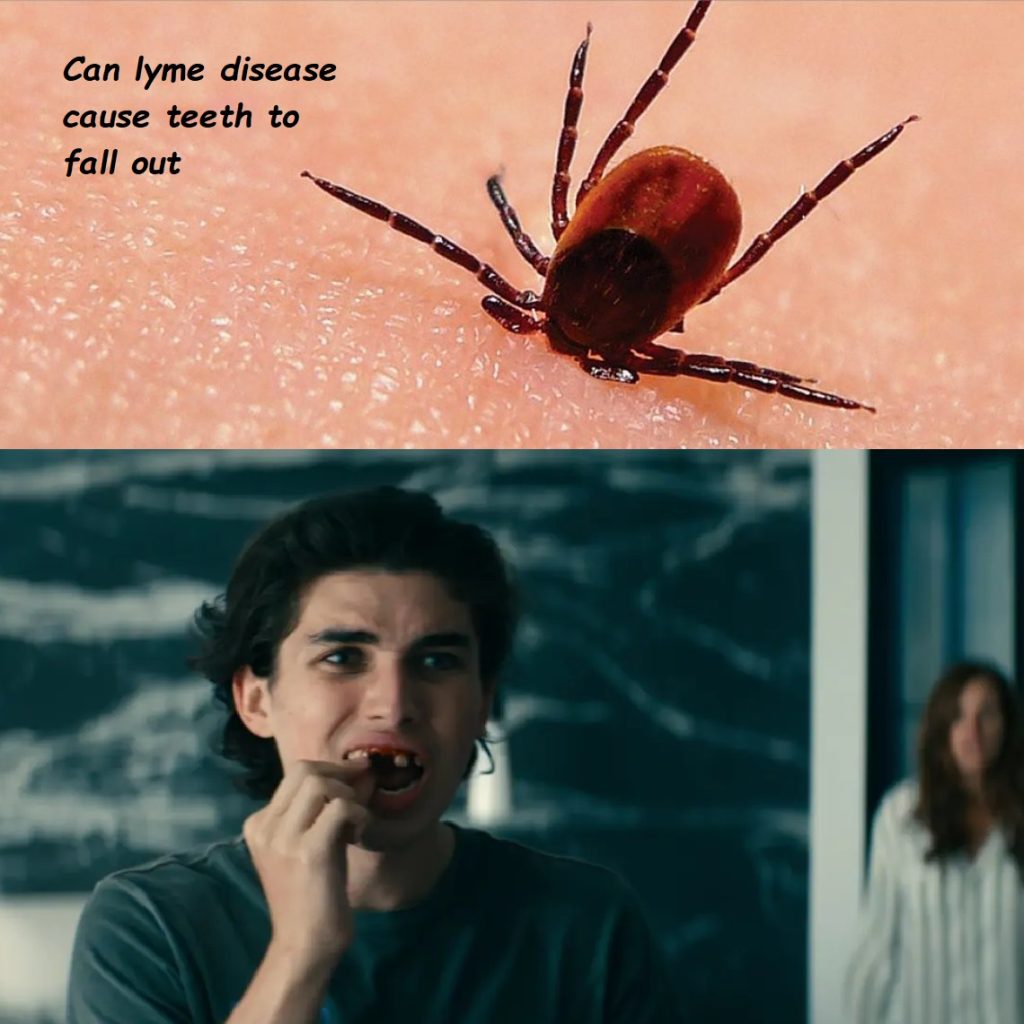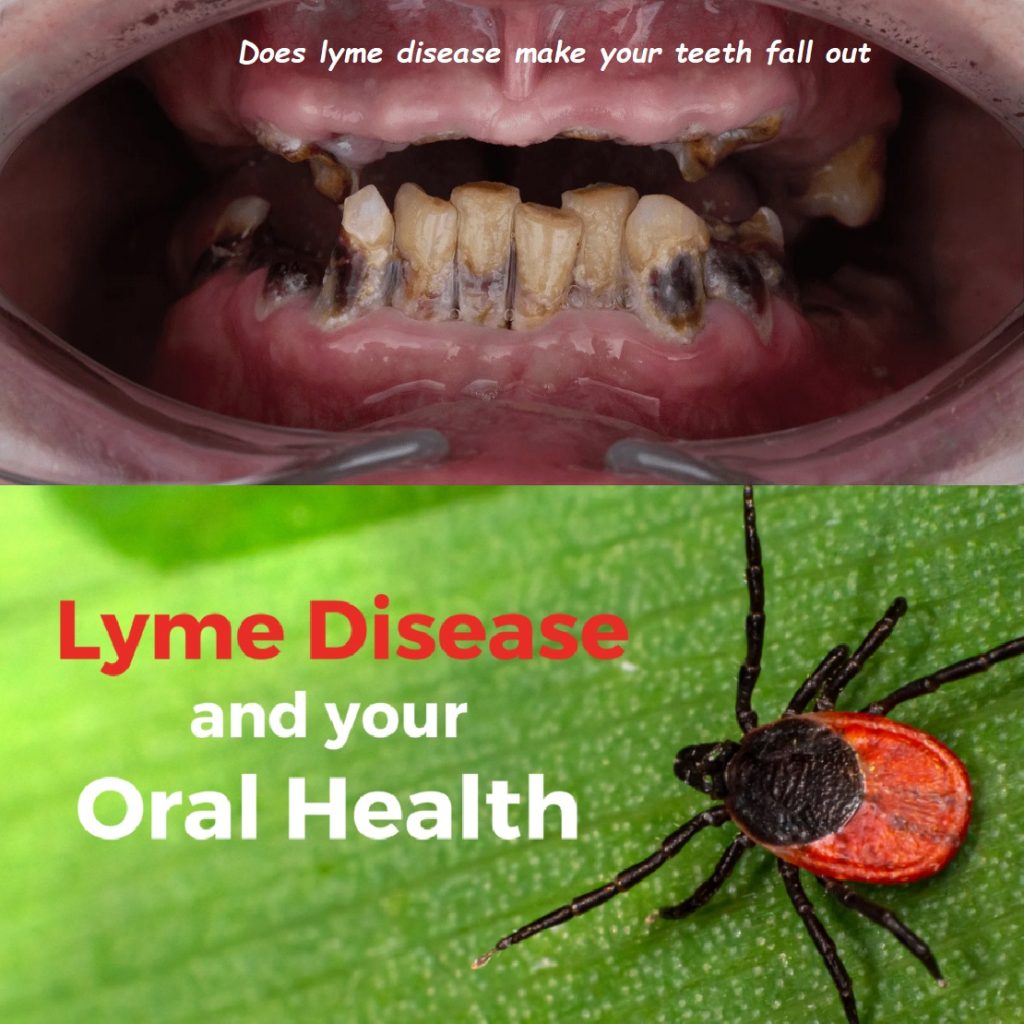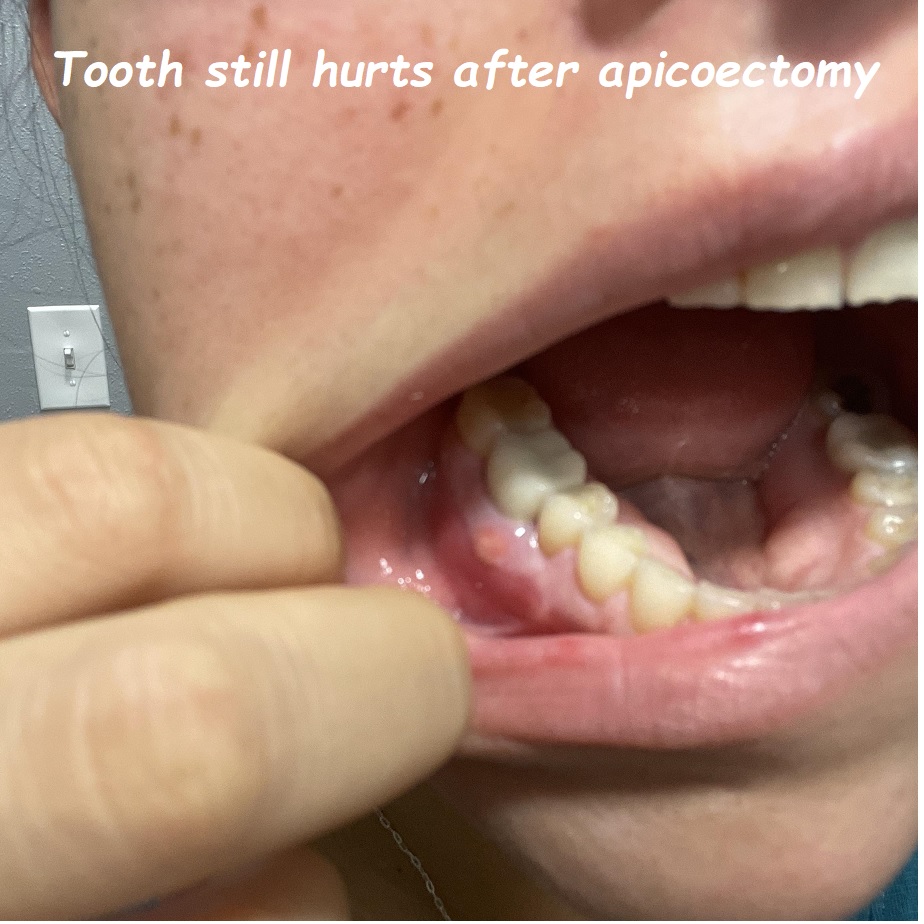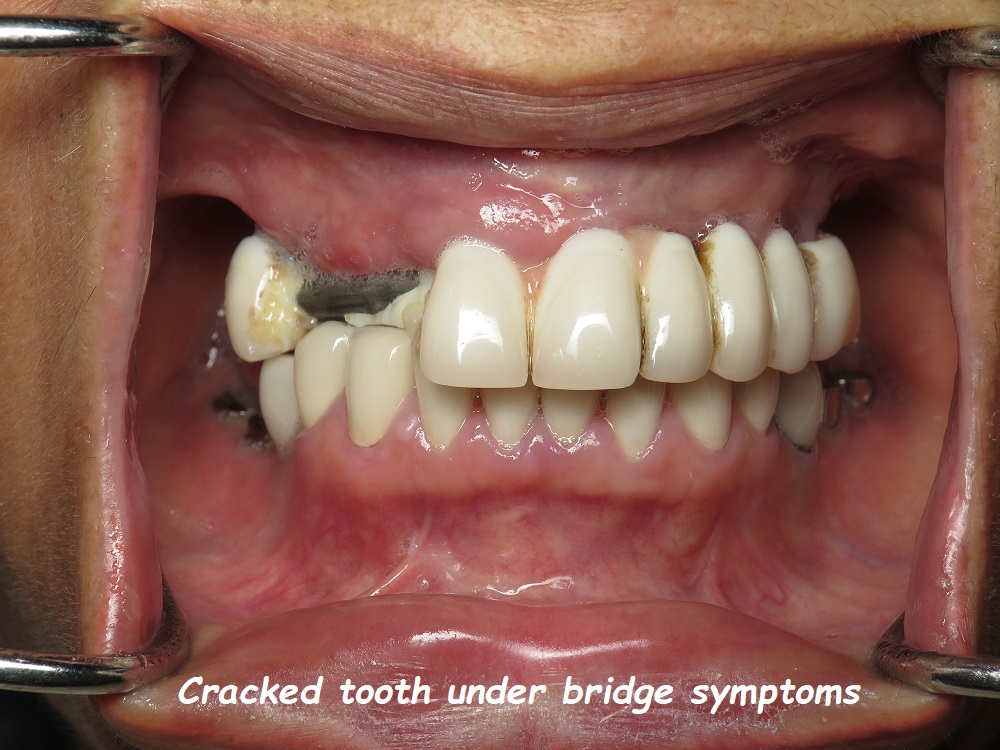Barnacles on teeth
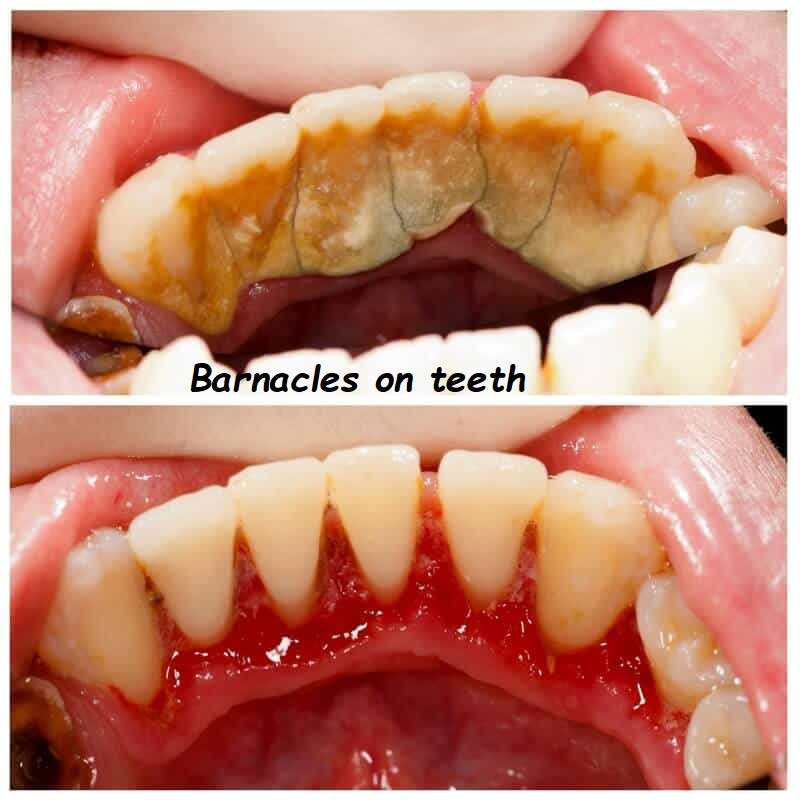
Barnacles on Teeth: What They Are and How to Get Rid of Them
When it comes to oral hygiene, most of us are familiar with common concerns like cavities, gum disease, and bad breath. However, there’s another, less commonly discussed issue that can impact your oral health: “barnacles on teeth.” While the term may sound strange, it refers to a specific type of hard, calcified buildup on the teeth that can have serious implications if not addressed. In this guide, we’ll explore what barnacles on teeth are, how they form, the potential risks, and the best ways to prevent and treat them.
What Are Barnacles on Teeth?
“Barnacles on teeth” is a colloquial term used to describe the hardened deposits of tartar or dental calculus that accumulate on the surface of the teeth. Tartar forms when plaque, a sticky film of bacteria, hardens over time due to the minerals in saliva. These deposits can become thick, rough, and yellow or brown in color, resembling the barnacles that attach themselves to the hulls of ships or rocks in the ocean.
How Do Barnacles Form on Teeth?
Barnacles on teeth develop as a result of poor oral hygiene. When plaque is not regularly removed through brushing and flossing, it can harden into tartar. This hardened tartar can build up on the teeth, especially in areas that are difficult to clean, such as the back teeth, along the gum line, and between teeth.
Here’s how the process works:
1. Plaque Formation
Plaque is a soft, sticky film that forms on your teeth every day. It’s made up of bacteria, food particles, and saliva. If plaque is not removed through regular brushing and flossing, it can begin to accumulate on the teeth.
2. Tartar Development
Over time, the minerals in your saliva interact with the plaque, causing it to harden into tartar. Unlike plaque, tartar cannot be removed by regular brushing alone and requires professional dental cleaning.
3. Buildup of Tartar
As tartar continues to build up, it can become thick and rough, creating a surface that resembles barnacles. This buildup can occur both above and below the gum line, leading to a range of oral health problems.
Risks Associated with Barnacles on Teeth
Barnacles on teeth, or tartar buildup, can lead to several serious oral health issues if not properly managed:
1. Gum Disease (Gingivitis and Periodontitis)
Tartar buildup is a major contributor to gum disease. The rough surface of tartar can irritate the gums, leading to inflammation, redness, and bleeding (gingivitis). If left untreated, this can progress to periodontitis, a more severe form of gum disease that can result in gum recession, bone loss, and even tooth loss.
2. Tooth Decay
Tartar provides a breeding ground for bacteria, which can produce acids that erode tooth enamel, leading to cavities. Once decay sets in, it can spread to deeper layers of the tooth, potentially requiring fillings, crowns, or even root canals.
3. Bad Breath (Halitosis)
The bacteria trapped in tartar can produce foul-smelling compounds, leading to persistent bad breath, even if you brush and floss regularly.
4. Staining and Discoloration
Tartar buildup is often yellow or brown in color, which can cause noticeable staining and discoloration of the teeth. This can affect the appearance of your smile and may be difficult to remove without professional treatment.
5. Tooth Sensitivity
As tartar builds up along the gum line, it can cause the gums to recede, exposing the sensitive roots of the teeth. This can lead to increased sensitivity to hot, cold, or sweet foods and beverages.
How to Prevent Barnacles on Teeth
Preventing the formation of barnacles on teeth is largely about maintaining good oral hygiene practices. Here are some key steps you can take to keep your teeth free from tartar buildup:
1. Brush Regularly and Properly
Brush your teeth at least twice a day using a fluoride toothpaste. Be sure to brush all surfaces of your teeth, including the front, back, and chewing surfaces. Use a soft-bristled toothbrush and replace it every three to four months, or sooner if the bristles become frayed.
2. Floss Daily
Flossing is essential for removing plaque and food particles from between your teeth and along the gum line. Make flossing a part of your daily routine to prevent plaque from hardening into tartar in these areas.
3. Use an Antiseptic Mouthwash
Rinsing with an antiseptic mouthwash can help kill bacteria and reduce plaque buildup. Look for a mouthwash that contains ingredients like chlorhexidine or essential oils, which are effective at controlling plaque and gingivitis.
4. Regular Dental Cleanings
Even with good oral hygiene, it’s important to visit your dentist regularly for professional cleanings. Dental cleanings are the only way to remove tartar that has already formed. Most dentists recommend cleanings every six months, but your dentist may suggest more frequent visits if you’re prone to tartar buildup.
5. Maintain a Healthy Diet
Your diet plays a significant role in oral health. Limit your intake of sugary and starchy foods, which can contribute to plaque formation. Eating a balanced diet with plenty of fruits, vegetables, and dairy products can help keep your teeth and gums healthy.
6. Avoid Tobacco Products
Smoking and the use of other tobacco products can increase the risk of tartar buildup and gum disease. Quitting smoking or avoiding tobacco can help protect your oral health.
How to Treat Barnacles on Teeth
If you already have barnacles on your teeth, it’s important to seek treatment from a dental professional. Here are the most common methods for removing tartar and restoring your oral health:
1. Professional Dental Cleaning
During a professional cleaning, also known as prophylaxis, your dentist or dental hygienist will use special instruments to remove tartar from the surface of your teeth. This process is typically painless and involves scaling (scraping) the tartar off the teeth, followed by polishing to smooth the surfaces.
2. Scaling and Root Planing
If tartar buildup has led to gum disease, your dentist may recommend scaling and root planing, a more intensive cleaning procedure. Scaling removes tartar from above and below the gum line, while root planing smooths the root surfaces to help the gums reattach to the teeth. This procedure may require local anesthesia to ensure your comfort.
3. Ultrasonic Cleaning
Ultrasonic cleaning is a modern method for removing tartar using high-frequency sound waves. The ultrasonic scaler vibrates to break up the tartar, which is then washed away with water. This method is particularly effective for removing heavy tartar buildup and is less likely to cause discomfort.
4. Prescription Mouthwash
If you have gum disease caused by tartar buildup, your dentist may prescribe a medicated mouthwash to help control bacteria and reduce inflammation. These mouthwashes typically contain ingredients like chlorhexidine, which is effective at treating gingivitis.
Frequently Asked Questions About Barnacles on Teeth
Q: Can I remove barnacles on teeth at home?
A: No, once tartar has formed on your teeth, it cannot be removed with regular brushing and flossing. Professional dental cleaning is required to remove tartar and prevent further oral health issues.
Q: How often should I visit the dentist to prevent tartar buildup?
A: Most dentists recommend visiting for a cleaning every six months. However, if you’re prone to tartar buildup or have a history of gum disease, your dentist may suggest more frequent visits.
Q: Are there any home remedies to prevent tartar formation?
A: While home remedies cannot remove tartar, good oral hygiene practices, such as brushing, flossing, and using mouthwash, can help prevent plaque from hardening into tartar. Additionally, eating a healthy diet and avoiding tobacco products can reduce the risk of tartar buildup.
Q: What happens if I don’t treat tartar buildup?
A: If left untreated, tartar buildup can lead to gum disease, tooth decay, bad breath, and other oral health issues. In severe cases, it can result in gum recession, bone loss, and tooth loss.
Q: Can tartar buildup cause tooth discoloration?
A: Yes, tartar is often yellow or brown in color and can cause noticeable staining and discoloration of the teeth. Professional cleaning is required to remove these stains and restore the appearance of your teeth.
Conclusion
Barnacles on teeth, or tartar buildup, are more than just a cosmetic issue—they can lead to serious oral health problems if not addressed. Preventing tartar formation through good oral hygiene and regular dental visits is the best way to protect your teeth and gums. If you already have tartar buildup, don’t hesitate to seek professional treatment to remove it and restore your oral health.
By taking proactive steps to care for your teeth and gums, you can prevent the formation of barnacles on teeth and maintain a healthy, beautiful smile.
Have you had experiences with tartar buildup or barnacles on teeth? Share your experiences and tips in the comments below!


